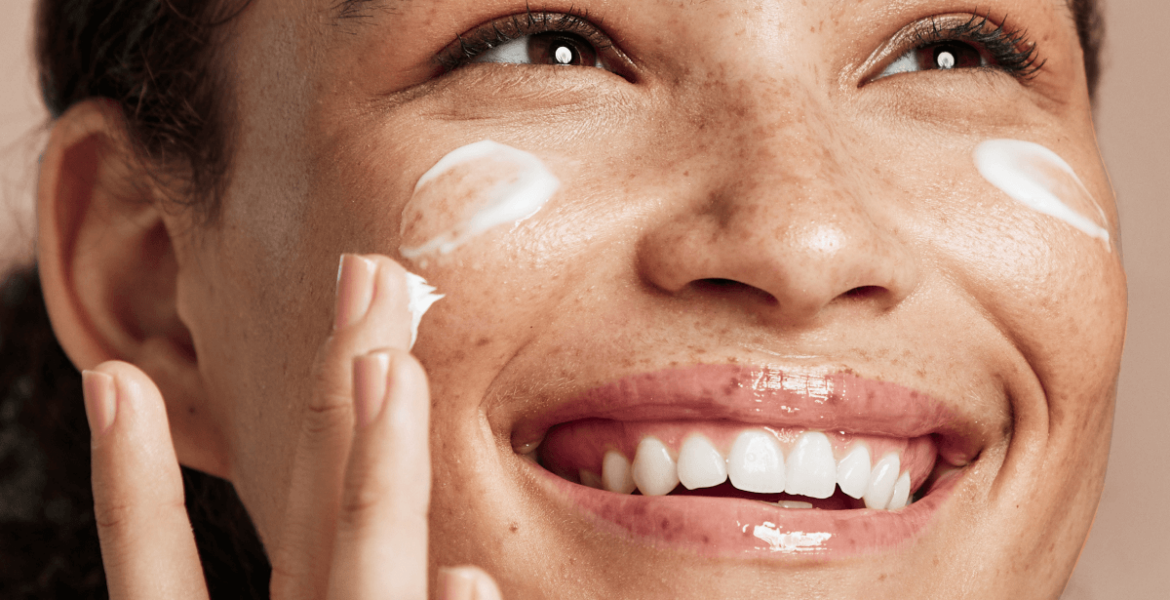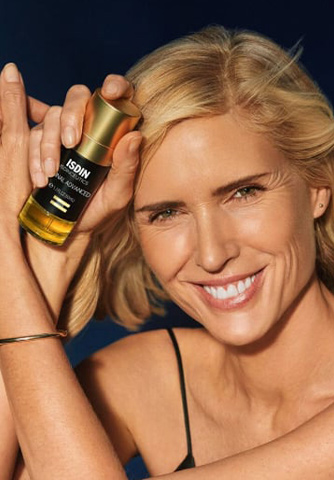For many, a good moisturizer is an ever-present ally in a skincare routine. And when you’re lucky enough to find that one product you like, loyalty is a given. But have you ever stopped to think about what makes a good face cream? Or if you’re thinking about making a switch, what to consider?
Let’s dive into the world of face moisturizers, including how they work, how to use them, and what to look for on the ingredients list.
Table of Contents
What does moisturizer do for my face?
You can feel the benefits almost immediately. Smooth on your favorite formula, and your skin seems softer to the touch and more comfortable overall. But what about all the work that facial moisturizers do behind the scenes?
Here are a few things that a good face cream can do:
- Fill in rough spots. You’re not just imagining that smooth feeling after moisturizing. Some creams include ingredients to help wrap skin in a layer of silky, protective goodness.
- Attract moisture to the skin. This moisture can either come from deeper layers of the skin or from humidity in the air.
- Help prevent water loss. On top of working to rehydrate, many moisturizers act proactively by locking in water before environmental stressors can zap it from your skin.
- Support the skin’s barrier function. Your barrier helps to protect against those daily aggressors (think pollution and sun exposure) that can damage the skin.
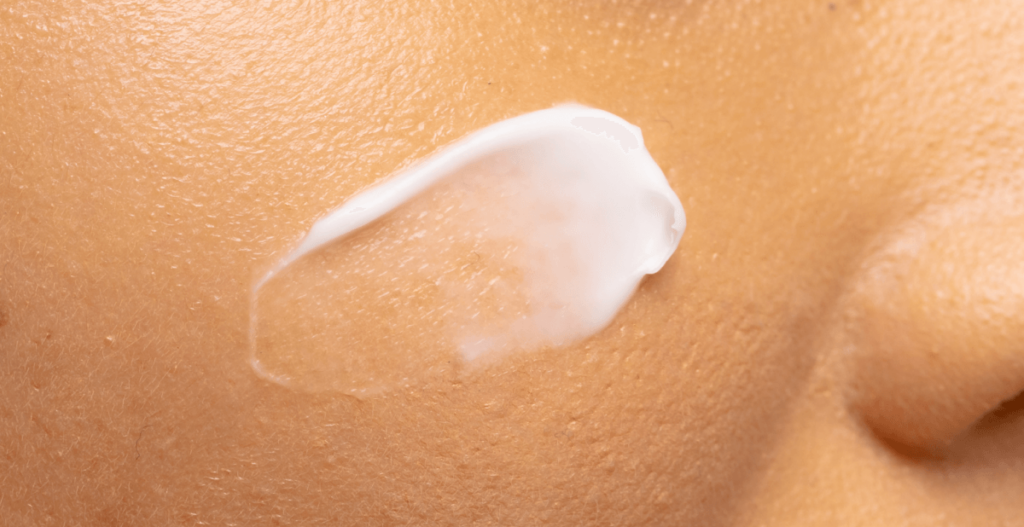
How do facial moisturizers work?
There are three main groups of ingredients inside facial moisturizers that you can thank for that satisfying feeling of soft, plump, hydrated skin. Let’s get to know them:
Humectants
These are the favorites that come to mind when you think of your favorite moisturizing picks. Famed humectants include hyaluronic acid, glycerin, panthenol, and urea.
Humectants typically work to draw water into the skin from the air around you. But, when you’re in a dry climate, they search for water from the deeper layers of your skin — turning the next group of ingredients into essential allies.
Occlusives
You can think of the humectant-occlusive relationship as a type of greenhouse effect (in a good way). When humectants draw water to skin from outside or in, occlusives trap it there. These buttery-textured elements help keep water from evaporating and seal in the moisture that humectants worked so hard to get. Popular occlusives include lanolin, lecithin, paraffin, and dimethicone.
Emollients
Emollients aren’t here to moisturize, but that doesn’t mean they aren’t busy. These ingredients serve as a protective layer and help make the skin feel soft and smooth. A few favorites are ceramides, squalane, and stearic acid. And many occlusives and humectants double as emollients, too.
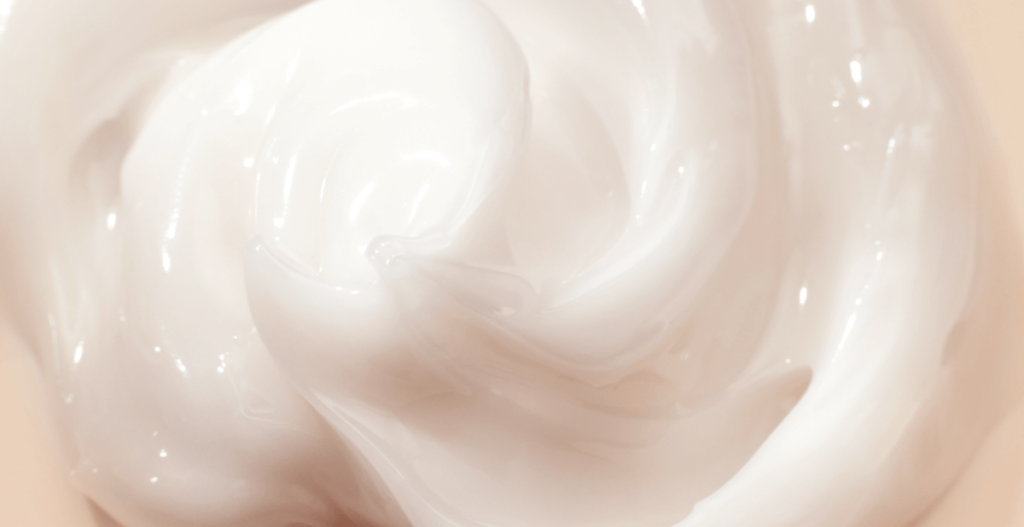
How should I moisturize my face?
Remember that products’ textures are intentional, allowing the skin to absorb what it needs during each step along the way. This means that moisturizer should typically be the fourth step in your routine. After cleansing, apply your eye cream and serum — then your denser, creamier moisturizer can help to seal things in.
Another tip? Treat your neck and decolleté with the same thoughtfulness as your face. Moisturizing these on-display areas helps to support hydration and elasticity.
Start the search for the perfect facial moisturizer
A moisturizer is arguably the most personal of skincare choices. You probably know what kind of texture you like and how you want your skin to feel after application. But if you haven’t got things clear yet, no worries. As an easy starting point, choose your goal: is it mainly hydration or hydration plus rejuvenation? Then, go from there.
Looking for lightweight, proactive hydration?
From the moment you wake up to about the moment it gets dark out, your skin just doesn’t quit. During the day, its jobs are to protect against UV exposure, excess moisture loss, pollution, extreme temperatures, and blocking aggressors from entering. Not easy!
Want to help your skin do its thing even better? Swap out your moisturizer for a formula that both intensely hydrates and helps protect against the damaging effects of pollution.
Our recommendation: Hyaluronic Moisture
From mattifying to calming, there’s a moisturizing formula for every skin type. While each Hyaluronic Moisture is customized to unique needs, they’ve got a few important things in common. Like? All use the power of hyaluronic acid to intensely hydrate and help smooth the early signs of skin aging. Plus, they feature powerful antioxidant vitamin E to help protect against harmful pollution damage.
For normal to dry skin
Powered by hyaluronic acid, Hyaluronic Moisture Normal to Dry Skin is designed to boost softness and radiance.
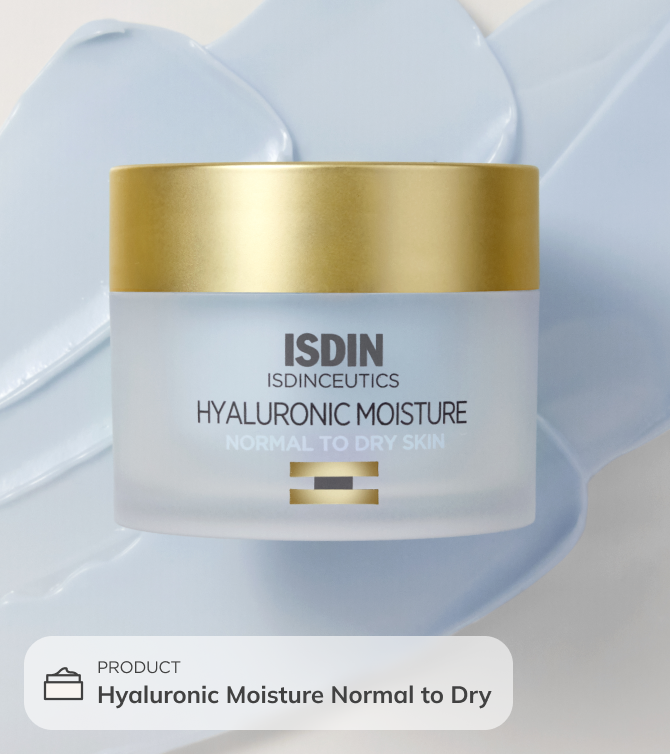
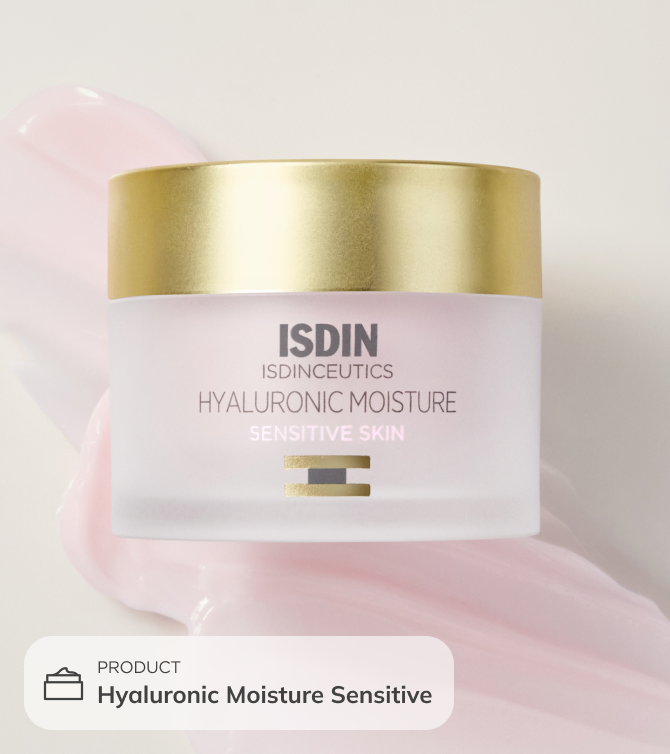
For sensitive skin
Carefully formulated with advanced ingredients, Hyaluronic Moisture Sensitive Skin helps restore moisture while soothing redness.
For oily & combination skin
Featuring Matte Complex, Hyaluronic Moisture Oily & Combination Skin delivers lasting hydration while helping control excess oil and minimize pore size.
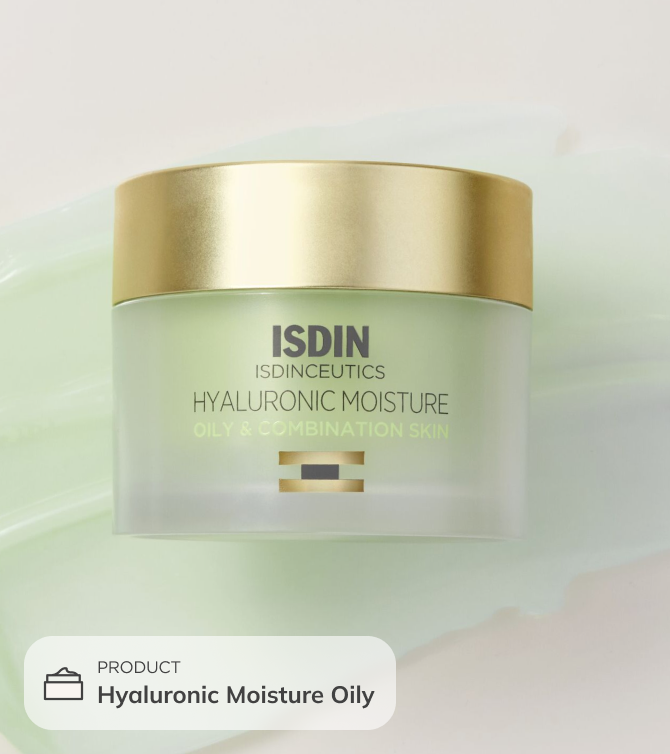
These moisturizers are made for you if:
- You’d like a bouncy, healthy look now, while caring for your skin’s future.
- You live in an urban environment and could use a formula with an anti-pollution effect.
- Your environmental footprint is important to you: Eco-Refills are available for all Hyaluronic Moisture creams.
Looking for advanced, youth-boosting moisture?
First, let’s talk about glycation. Glycation refers to the presence of excess glucose, or sugar, in the skin. Why is it important? Sugar molecules adhere to our skin’s collagen and elastin proteins. And these are the hero proteins that are responsible for keeping your skin firm and supple. When they get weighed down by sugar molecules, your body triggers more responses that can result in signs of skin aging, like the loss of firmness.
The good news? Carnosine can help. It offers two very helpful benefits to your skin: antioxidant and antiglycation action, working to attract and distract harmful sugars and free radicals. So, if you’re looking for a moisturizer with well-aging effects, look for carnosine on the ingredient list.
Our recommendation: Age Contour
The perfect moisturizer doesn’t just offer hydration. Age Contour creams are designed as a triple threat to the signs of skin aging: combating daily stressors, fine lines and wrinkles, and with carnosine as one of the key ingredients, glycation. Targeted to your skin’s changing needs from day to night, our AM and PM formulas work to provide rich hydration and youth-boosting power around the clock.
For the morning:
Age Contour protects against the effects of daily pollutants and helps reduce the visible appearance of fine lines and wrinkles. On top of that, this advanced formula helps to redefine the neck and jawline for visibly smoother, firmer skin.
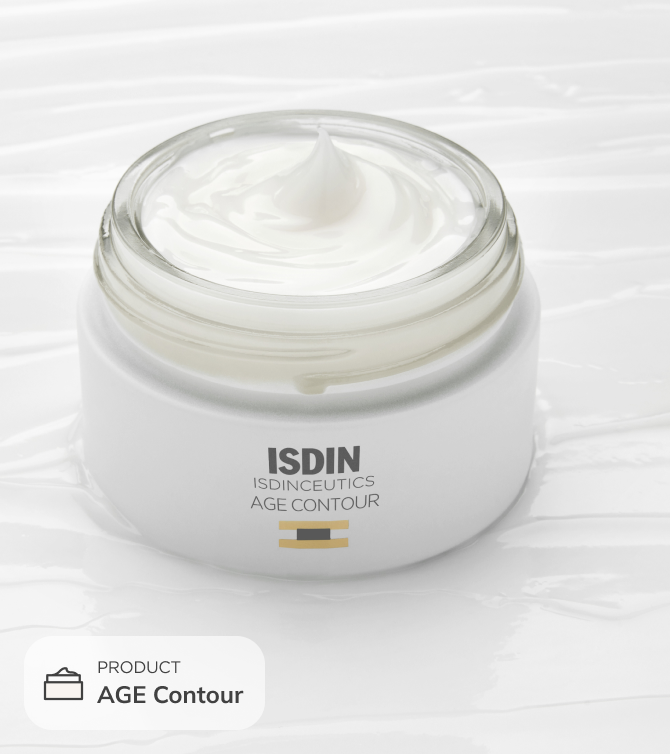
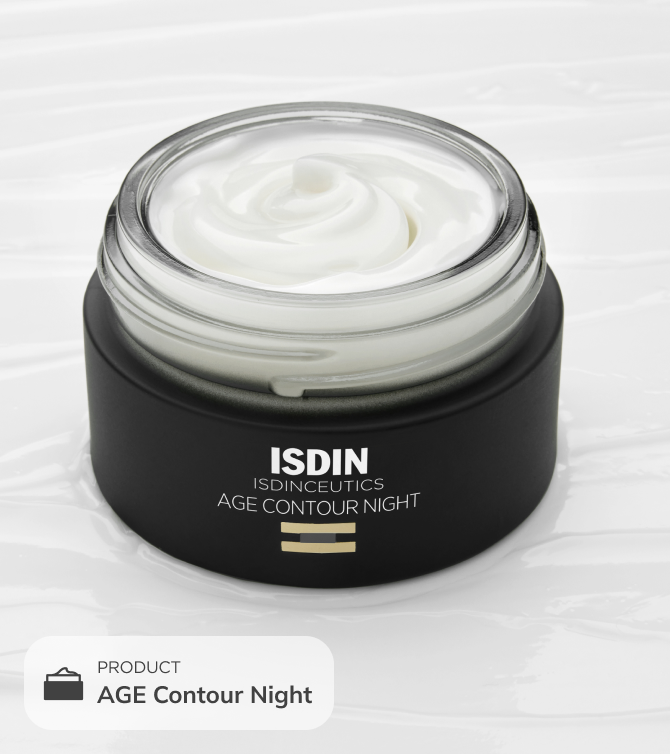
For the evening:
With a formulation rich in antioxidants like melatonin, plus peptides and hydrating components, Age Contour Night provides triple action repair to rejuvenate the skin.
These moisturizers are made for you if:
- You’re looking to target visible signs of skin aging on the face and neck.
- Multitasking is your thing: undo the day’s damage, help reduce visible signs of aging, and calm the skin at once.
- You’re in search of a rich, luxurious texture.
Just the FAQs
What are the five basic steps of skincare?
Here’s a simple breakdown of a skincare routine:
Step 2: Apply eye contour cream
Step 4: Moisturize
Step 5: Protect skin with sunscreen
Not sure what your skin type is or how to start building a routine? Take our quick skincare routine quiz!
Should I moisturize my face everyday?
Yes! As with most great habits, consistency is key. Depending on what kind of climate you live in, your skin loses water throughout the day and night. But a regular moisturizing routine can help you keep hydrated.
Another reason to stick with it? While immediate results of hydration (like smoothness and plumpness) might show up almost immediately, any rejuvenating effects typically take at least 30 days to appear. So make sure to stick with your moisturizer for any noticeable changes.
Is a hydrating moisturizer good for oily skin?
Absolutely! Proper hydration can help your skin to naturally balance its own oil production. Plus, it works to keep your skin barrier happy. And when your barrier is content, things tend to go well overall.
However, it is important to opt for a moisturizer that’s suited to oily, combination, or acne-prone skin. Look for non-comedogenic creams — meaning the formula does its best not to block pores.
Is it better to moisturize my face wet or dry?
There are a lot of opinions around this question. But the fact is, only you (and your dermatologist) know what’s best for your skin.
Our experts recommend applying moisturizer after cleansing, applying eye cream, and serum. This means that the skin is dry to the touch. But between washing and massaging in a serum, there’s still a bit of moisture on the skin’s surface.
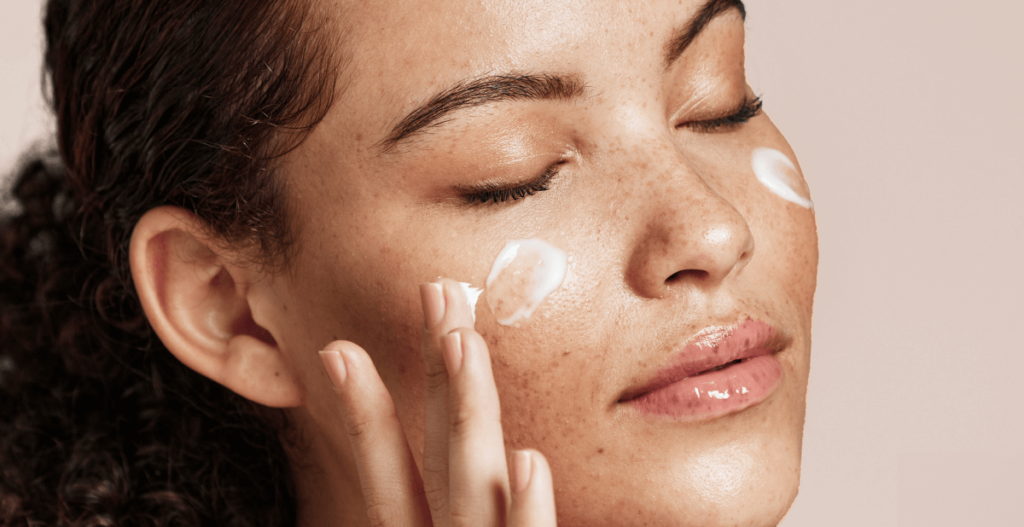
Now that you know what kind of face moisturizer works for you, it’s time to add it to your daily skincare routine. Happy, healthy, beautiful skin to follow!
Behind the blog:
Article written and reviewed by:
Amy is a content strategist who turned a part-time obsession with skincare into a full-time passion. Her experience as a creative storyteller includes a range of lifestyle and technology topics across Washington D.C. and Barcelona. What's in her travel bag? Eye contour cream and sunscreen, always.

